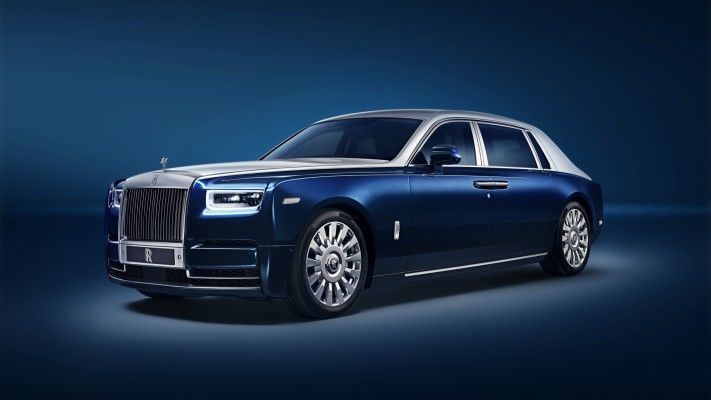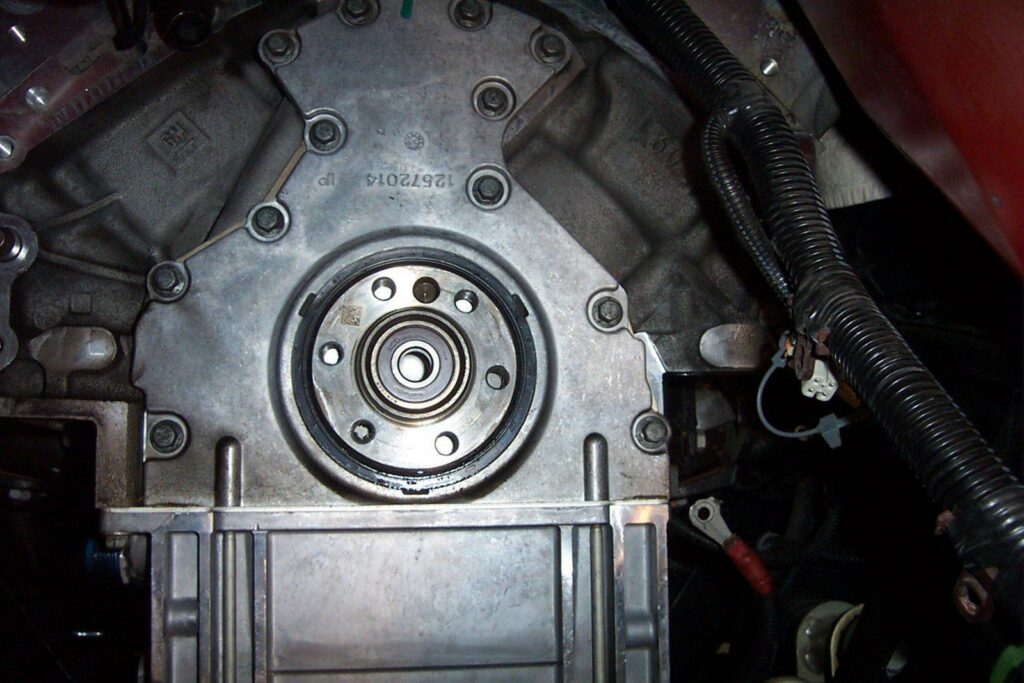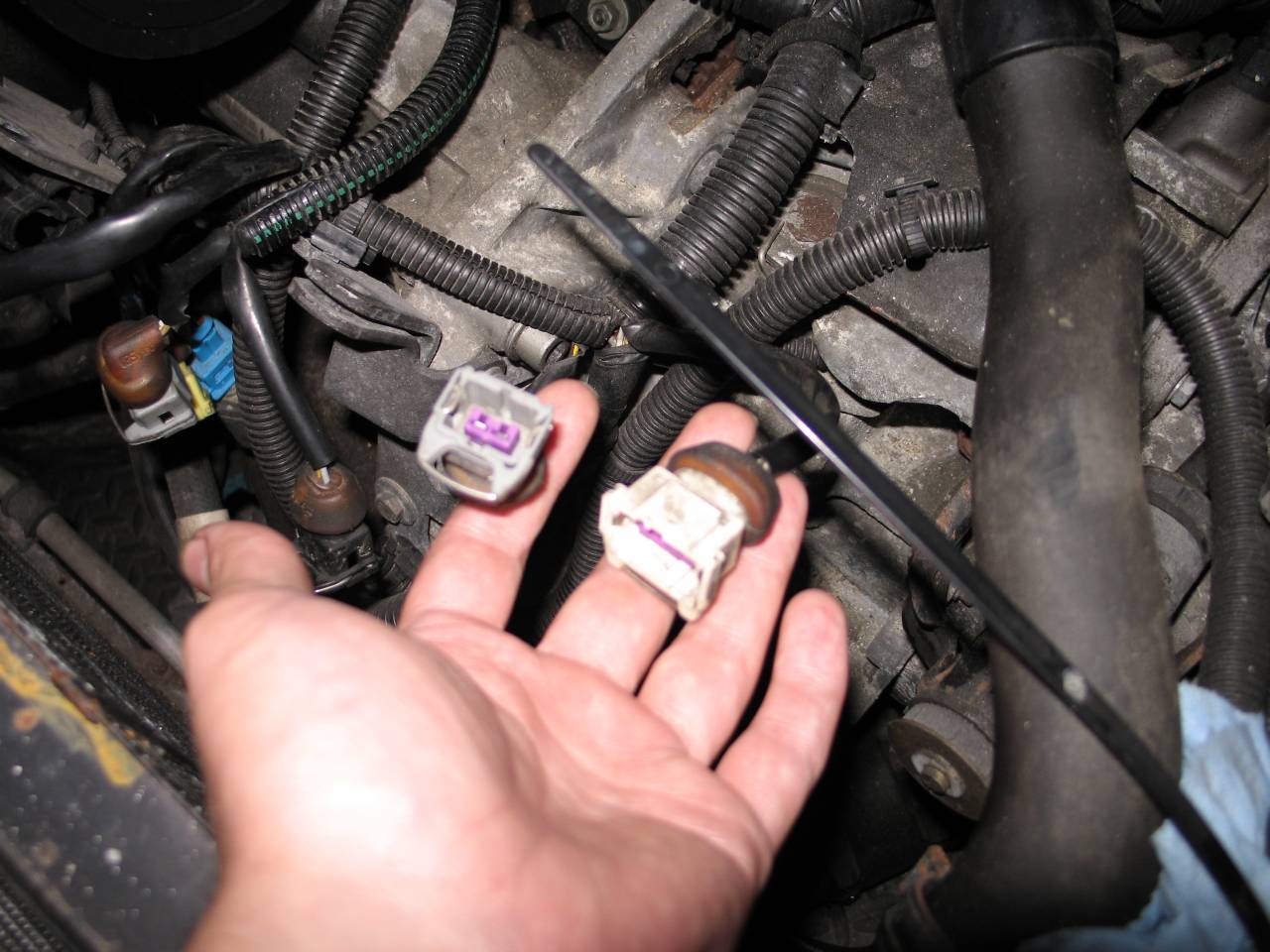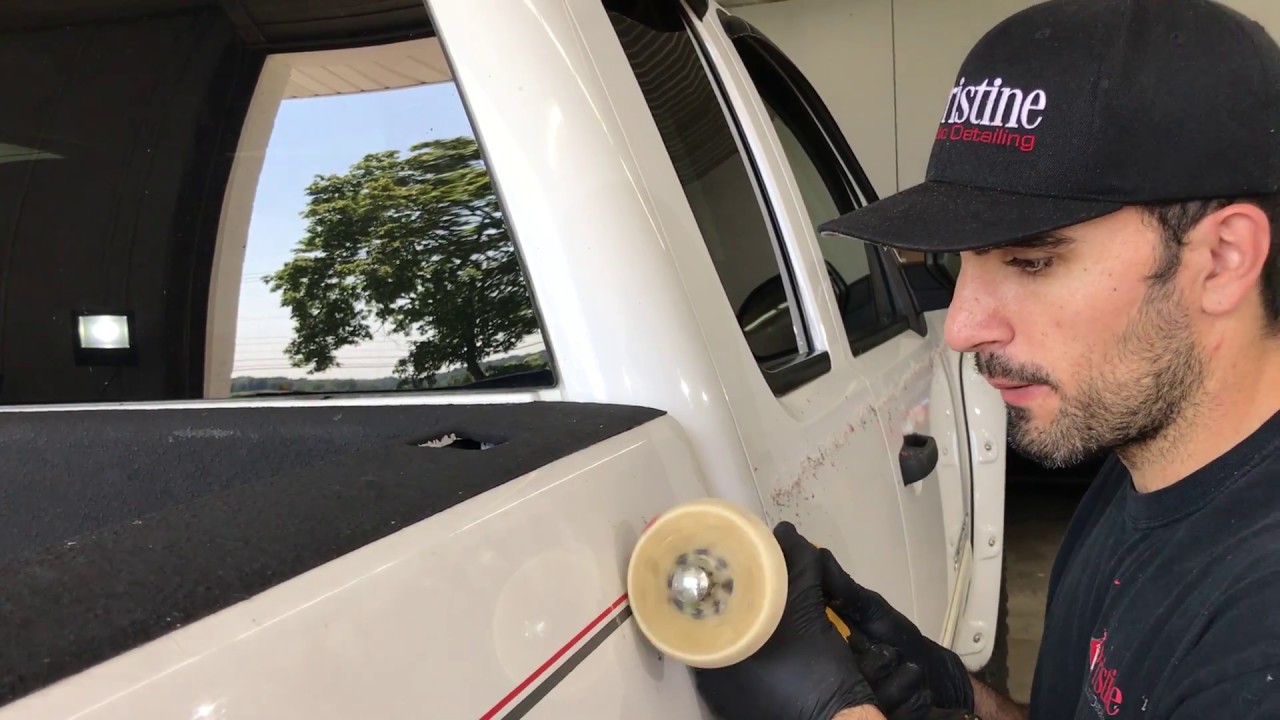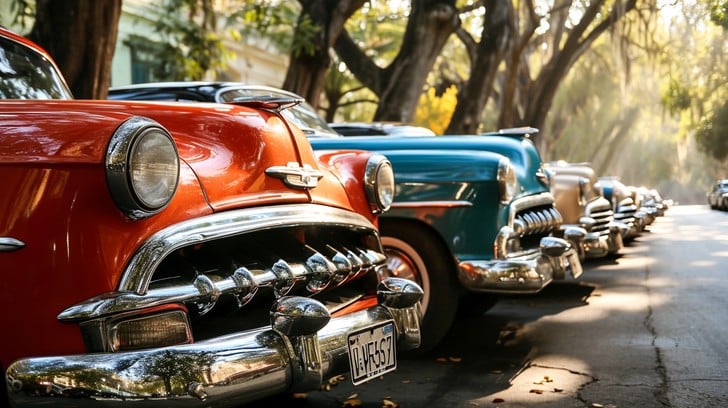
The world of automobiles is filled with captivating stories, iconic designs, and a rich history. Within this world, classic cars and vintage cars are often used interchangeably, confusing enthusiasts and casual observers. Are these terms synonymous, or do they represent distinct categories within the automotive realm? Let’s deep down in this topic to find your answer:
The Definitions Of Classic Cars and Vintage Cars
The most fundamental difference between classic and vintage cars lies in their age. While there’s no universally accepted definition, a consensus exists:
What is a class car?
Generally, classic vehicles were produced between 1930 and 1979. This period saw significant advancements in automotive technology, design aesthetics, and performance, giving rise to legendary models that continue to captivate enthusiasts today. They may showcase innovations that were groundbreaking for their time, such as fuel injection, power steering, or disc brakes. Classic cars often hold a special place in popular culture, appearing in movies, TV shows, and music.
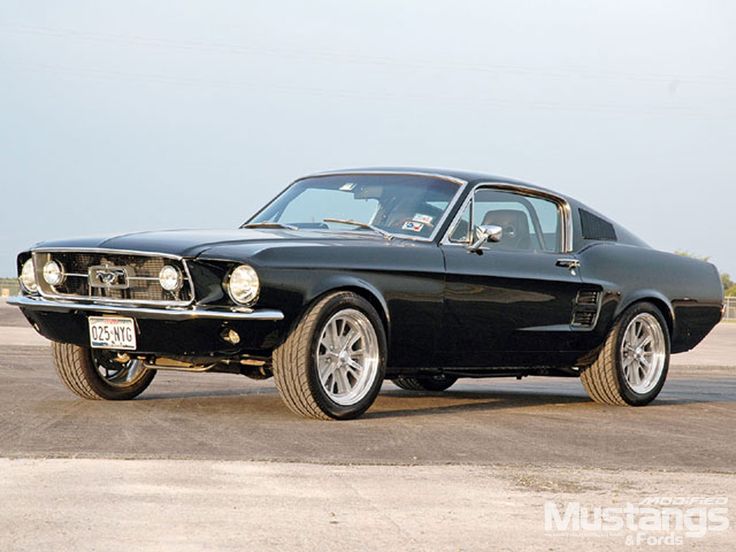
Examples of Classic Cars:
- 1967 Ford Mustang
- 1957 Chevrolet Bel Air
- 1963 Chevrolet Corvette
- 1969 Dodge Charger
- 1959 Cadillac Eldorado
What is a vintage car?
A vintage car is a rolling piece of history, transporting us back to a bygone era of automotive elegance and innovation. Generally defined as vehicles manufactured between 1919 and 1930, these automobiles represent the dawn of the automobile industry and the birth of iconic designs that shaped the future of transportation.
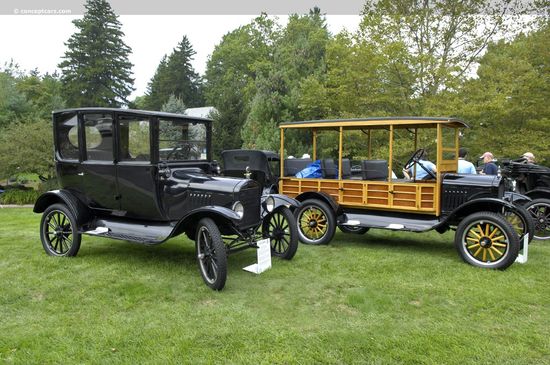
Vintage cars are characterized by their handcrafted construction, often featuring intricate details and luxurious materials. Their mechanical systems, while simpler than modern vehicles, showcase the ingenuity of early engineers. Driving a vintage car is a unique experience, demanding a deeper understanding of mechanics and a willingness to embrace a slower, more deliberate pace. Some popular models you can refer to:
- 1919 Ford Model T coupe
- 1921 Hudson Super Six phaeton
- 1930 Cadillac V-16 452 Sport series phaeton
Read more: Drive in Kenya: What You Need to Know
Difference Between Classic Cars and Vintage Cars
While age serves as a primary differentiator, there are many other different factors:
Historical significance
- Vintage cars: Often represent a bygone era, embodying the craftsmanship, elegance, and technological innovations of their time. They are often seen as museum pieces, prized for their rarity, historical value, and contribution to automotive evolution.
- Classic cars: While still historically significant, classic cars often represent a more accessible and relatable era for many enthusiasts. They may have been mass-produced, but their design, performance, and cultural impact continue to resonate with car lovers today.
Driving experience
The driving experience offered by classic and vintage cars can be vastly different.
- Vintage cars: Often require more mechanical knowledge and hands-on maintenance. Their driving dynamics can be driving challenging, with less sophisticated braking, steering, and suspension systems.
- Classic cars: While still requiring some mechanical aptitude, classic cars generally offer a more refined and comfortable driving experience compared to their vintage counterparts. Advancements in technology during this era resulted in improved handling, braking, and overall performance.
Collecting and investing
Both classic and vintage cars are highly sought after by collectors and investors.
- Vintage cars: Due to their rarity and historical significance, vintage cars often command premium prices. They are considered blue-chip investments, with values appreciating over time.
- Classic cars: While some classic cars can reach astronomical prices, the market is more diverse, offering a wider range of options for collectors with varying budgets.
In Conclusion
The distinction between classic cars and vintage cars lies in a combination of age, historical significance, cultural impact, and driving experience. While both categories represent a fascinating chapter in automotive history, understanding their unique characteristics allows enthusiasts to appreciate the nuances and complexities of these timeless machines. Whether you’re drawn to the elegance of a vintage roadster or the performance of a classic muscle car, the world of collectible automobiles offers a captivating journey through time and innovation.


